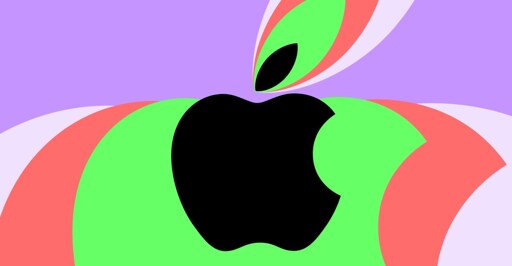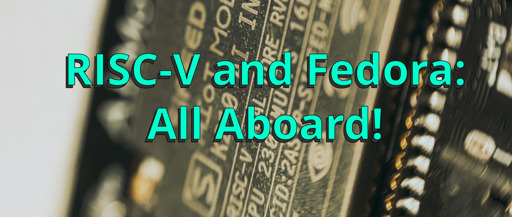Leaflet
- 43 Posts
- 3 Comments

 25·6 days ago
25·6 days agoI haven’t watched the video yet, but keep in mind “resource usage” being lower isn’t always better.
For example, Plasma had an issue for some people where animations would not happen, freeze the system momentarily, and stutter. The reason why turned out that these people were using slow drives. Plasma was trying to load the bytecode for the QML animations from disk, but the IO operation took too long so the animation suffered. Had this bytecode been stored in memory, the performance would have been better.
But I also don’t want to discount the fact that some (perhaps most) of the time, high resource usage is a bad thing caused by poor programming and using technologies that are heavier, like Electron. Whether those tradeoffs are worth it are another matter.
I wish more developers actually used their software low-end devices to find performance issues. I recently got an Intel N100 and it’s actually been a decent experience on Linux, though Gnome shell’s animations are a bit stuttery even on Gnome 48. Haven’t tested any other desktop though.

 01·14 days ago
01·14 days agoIf you use Anubis for free, he asks that you keep the girl on for marketing purposes.
If you pay / support the project, you can remove it.
Honestly, it’s a good way to encourage people to pay up because some people absolutely hate it.















Fedora IoT is similar to CoreOS, that seems primarily aimed towards Pis.